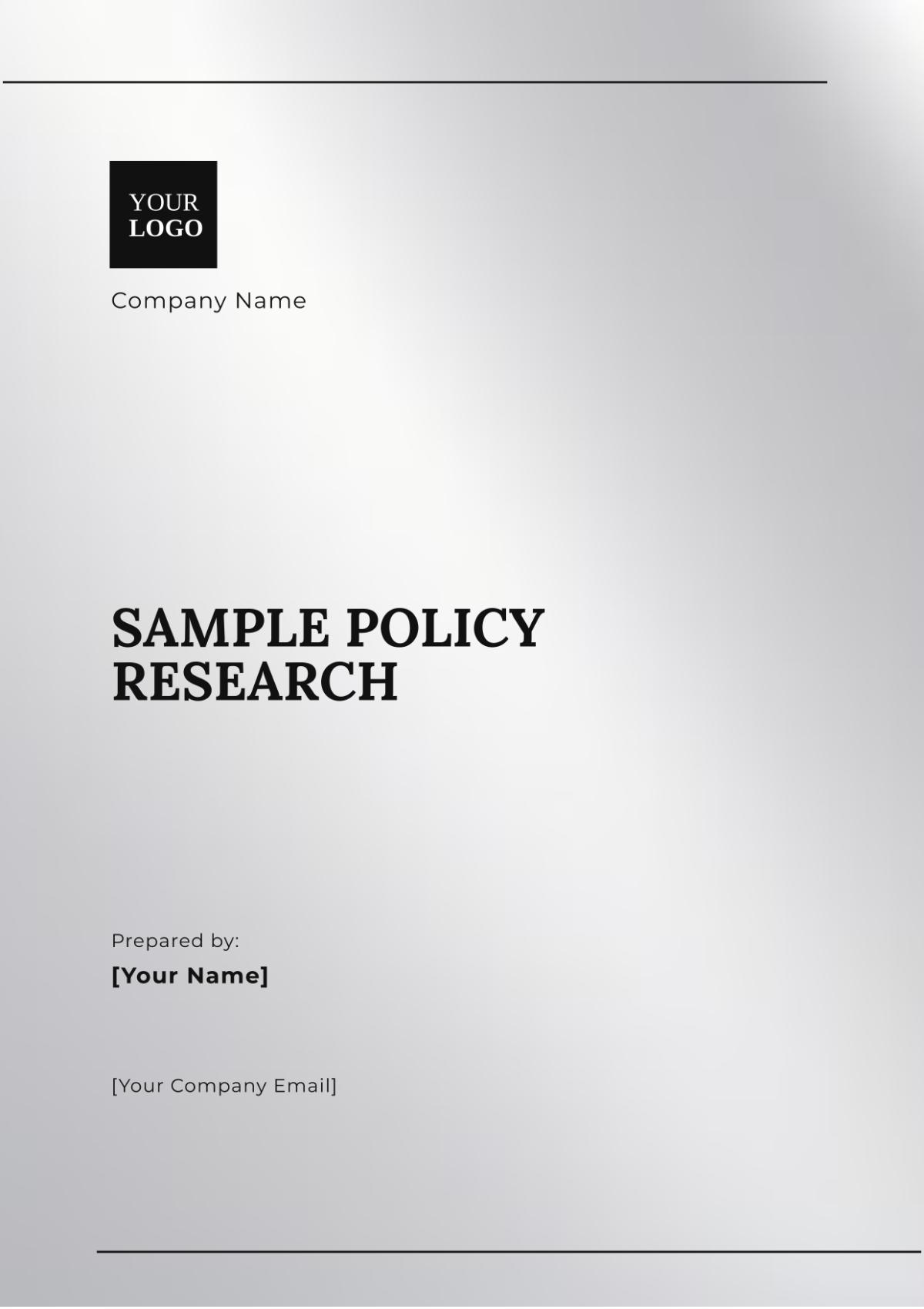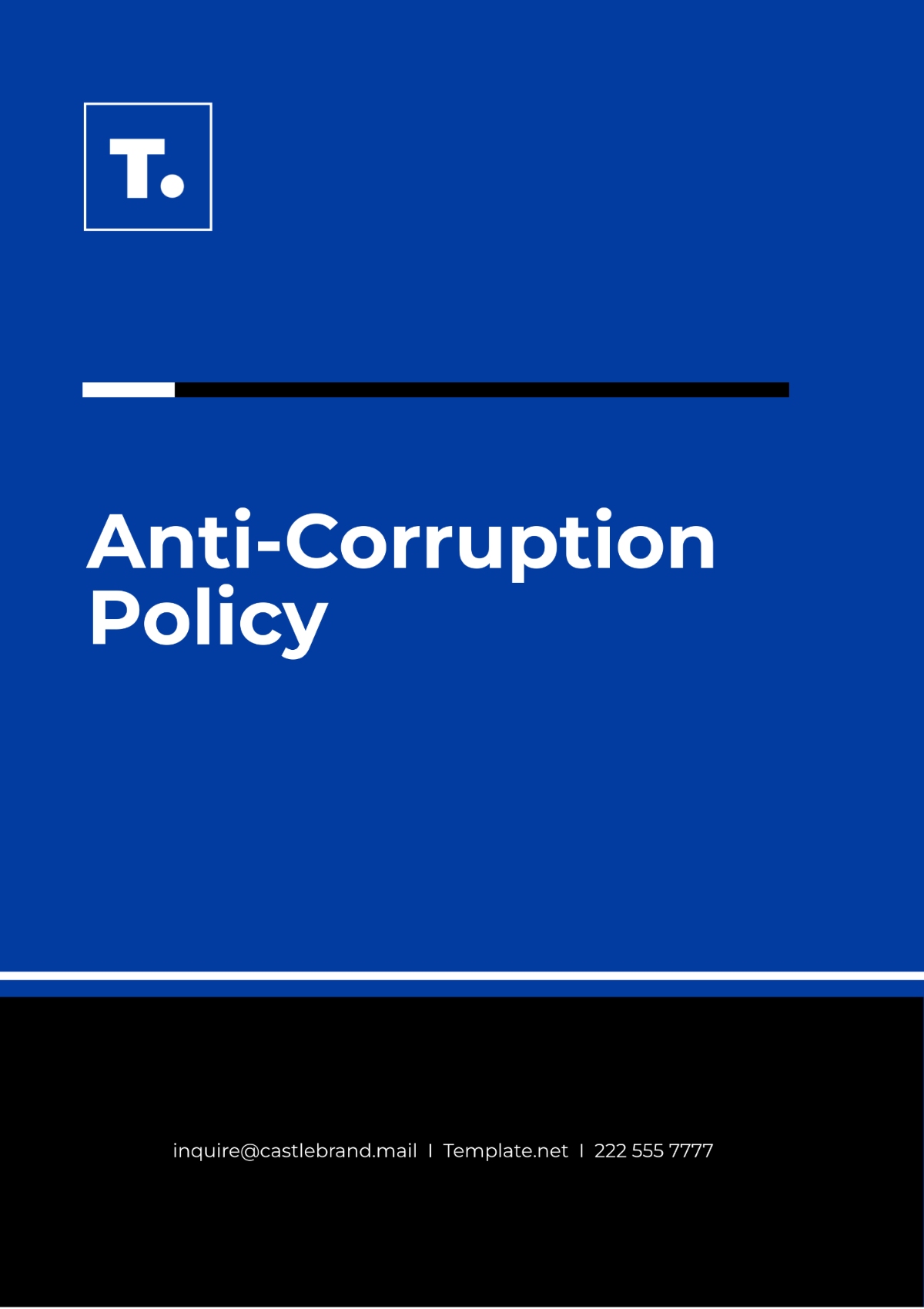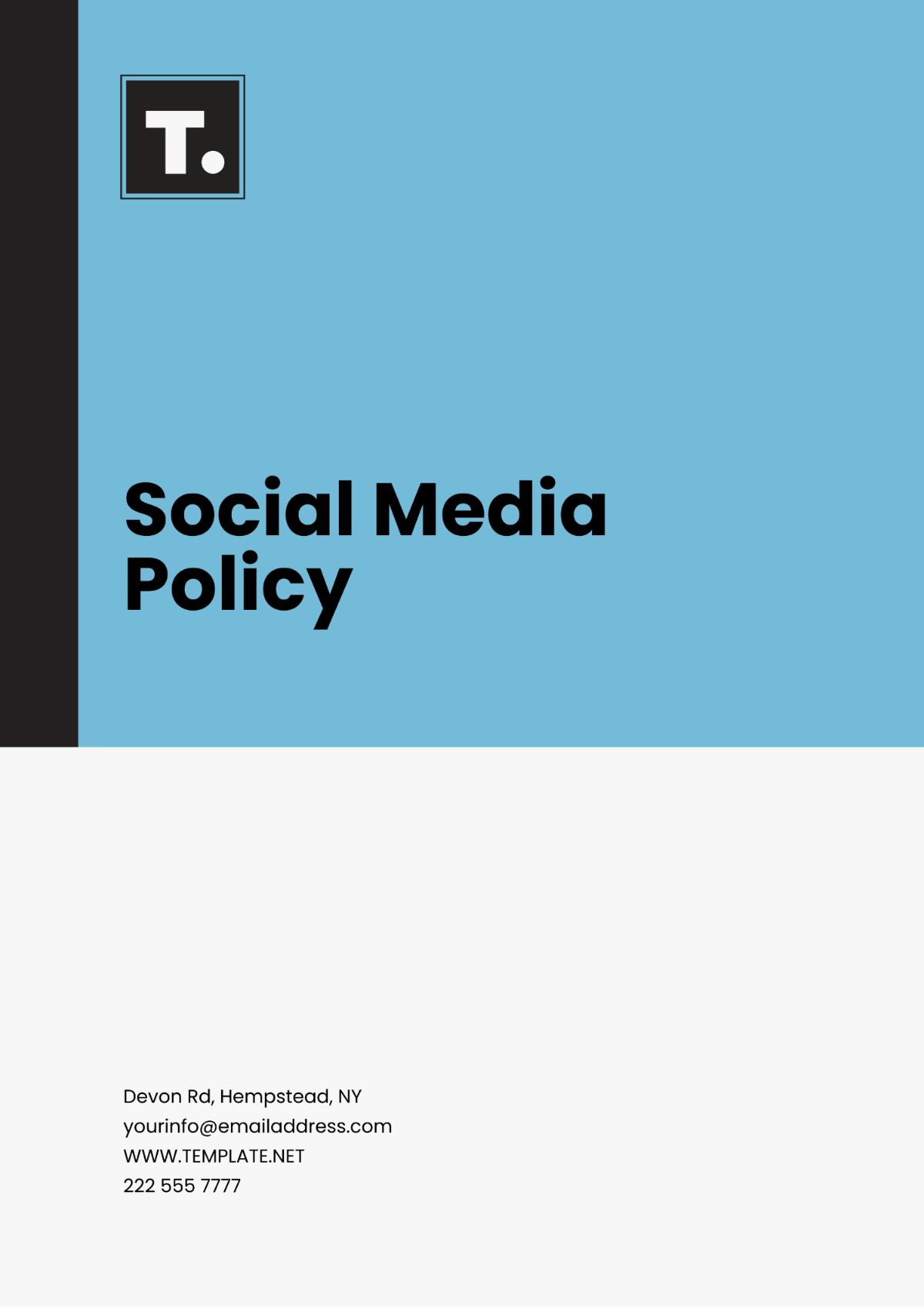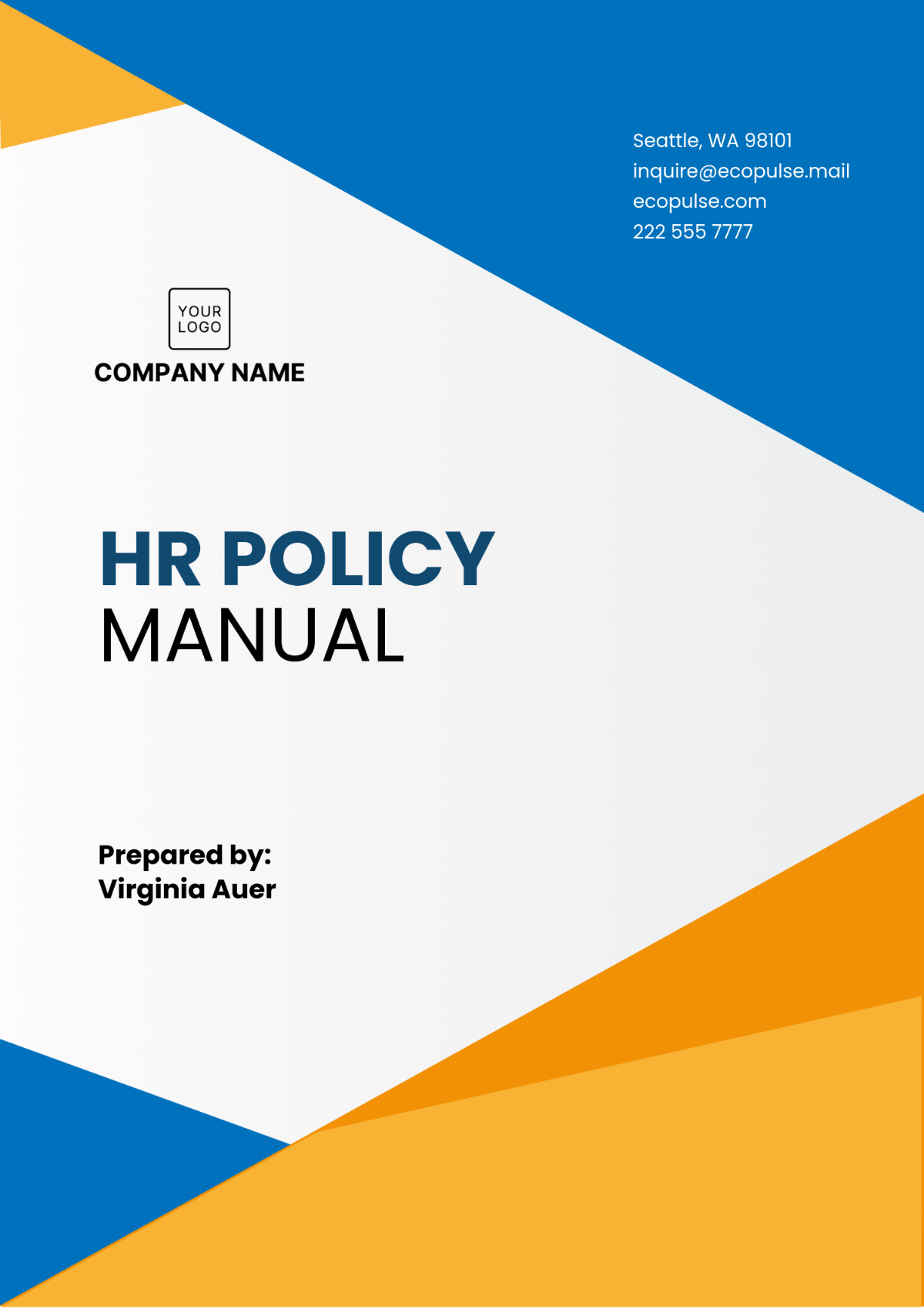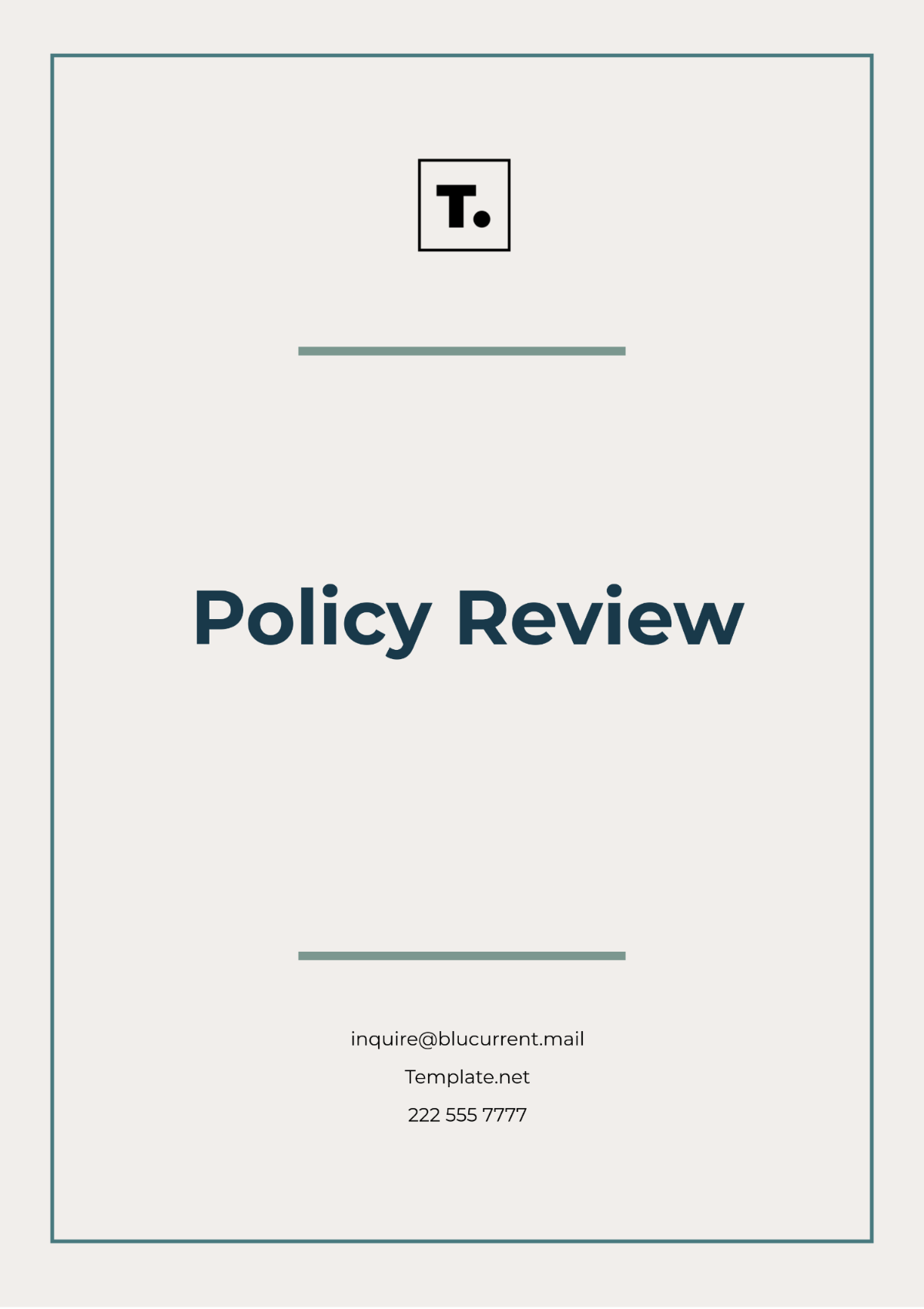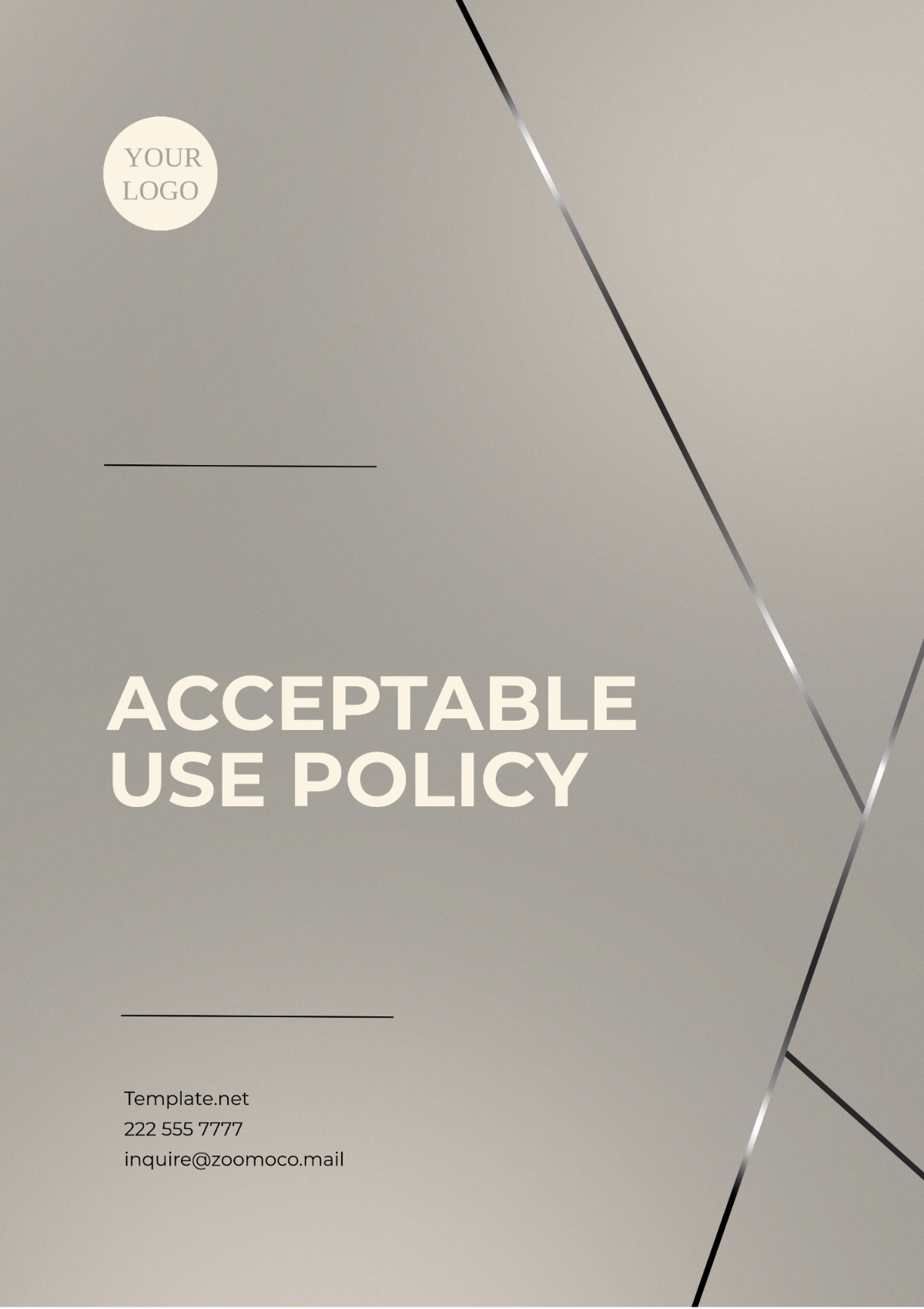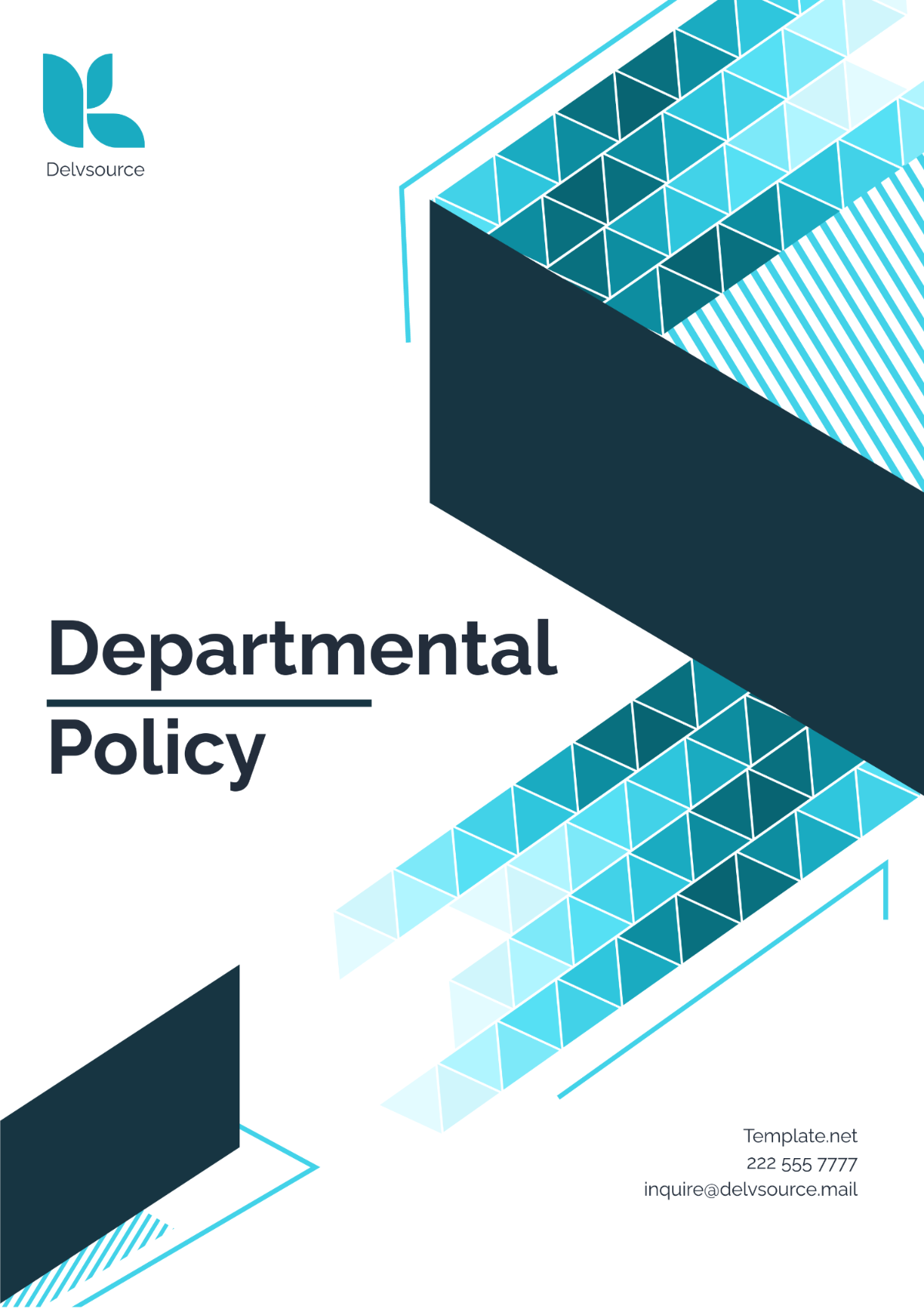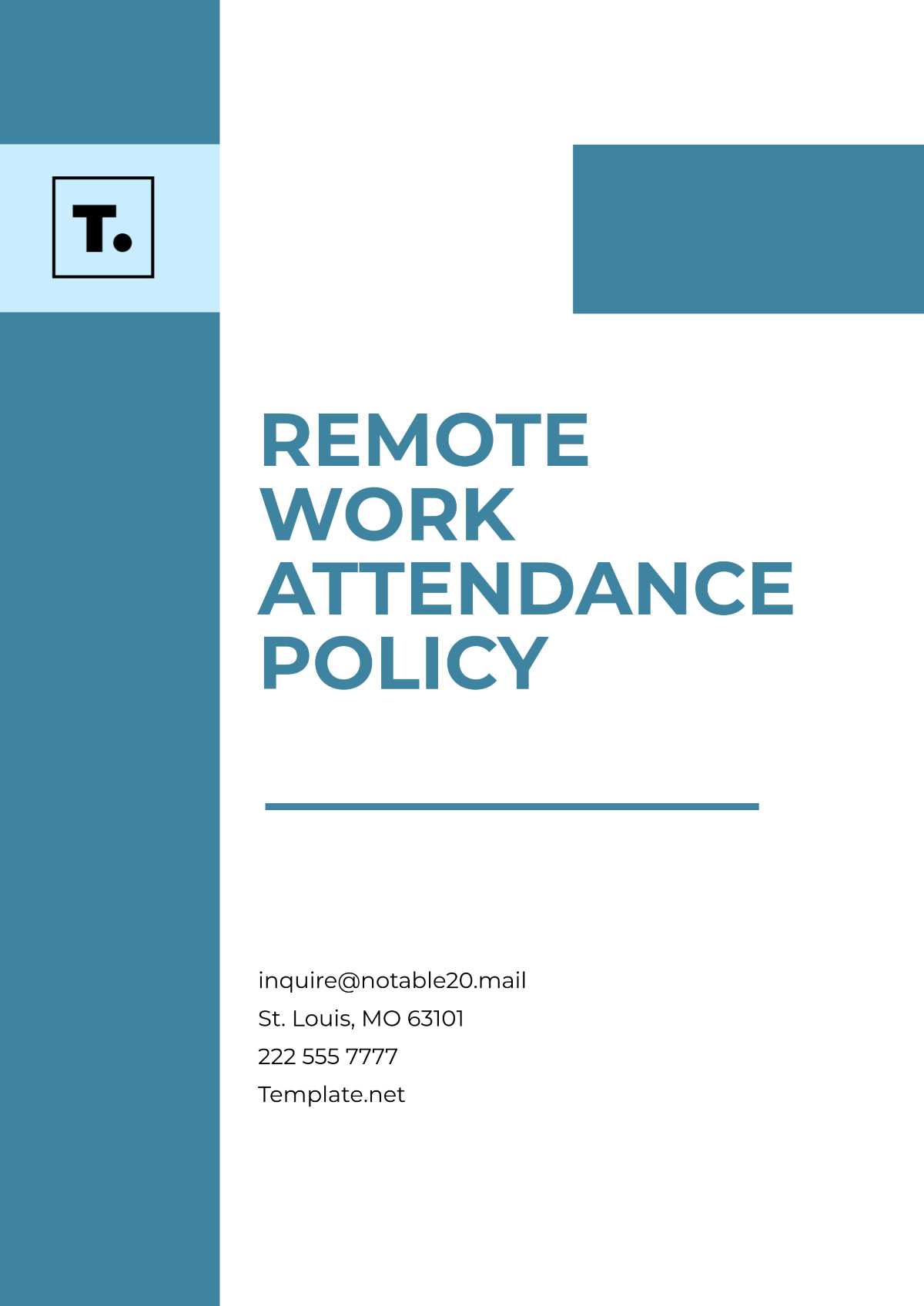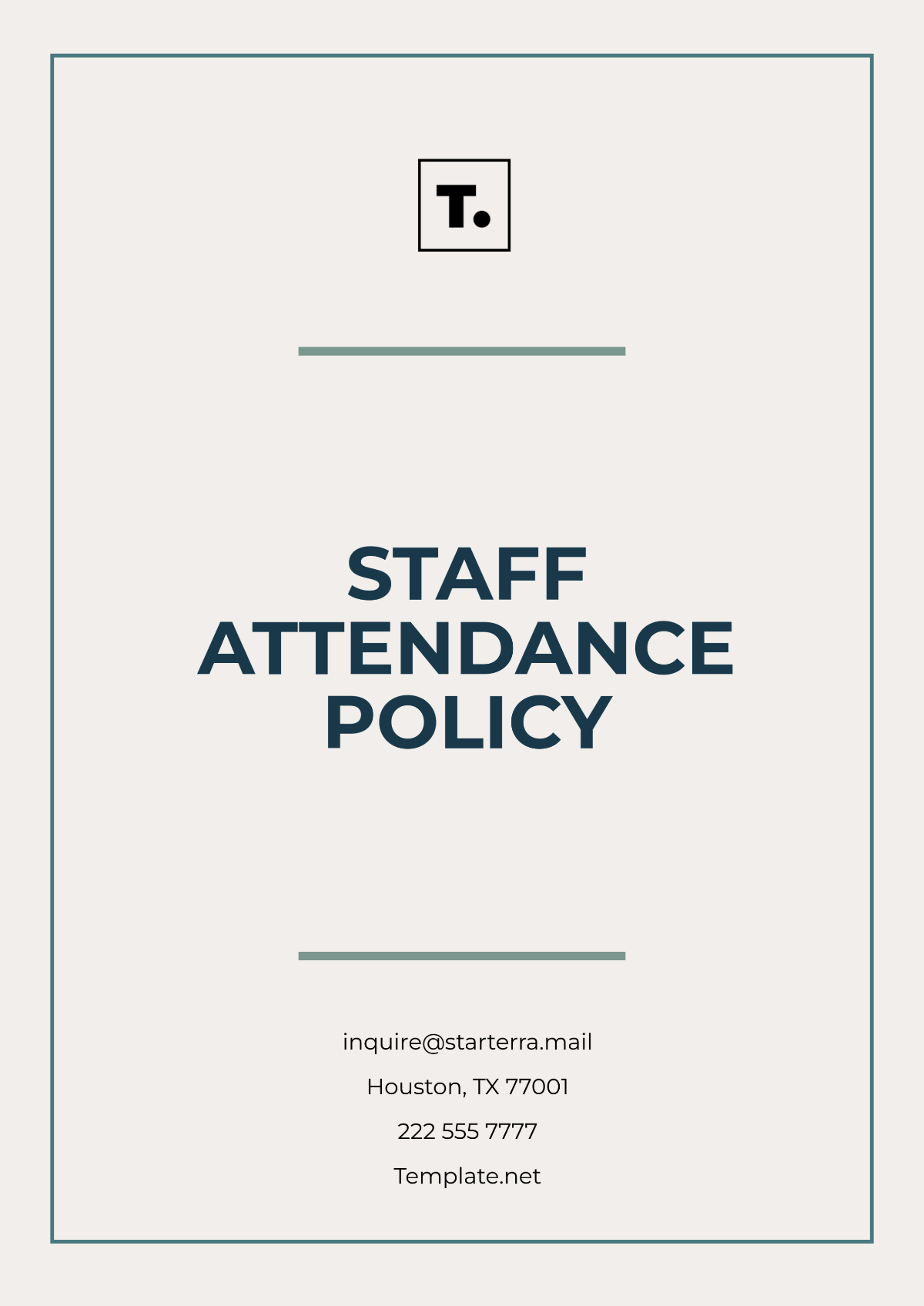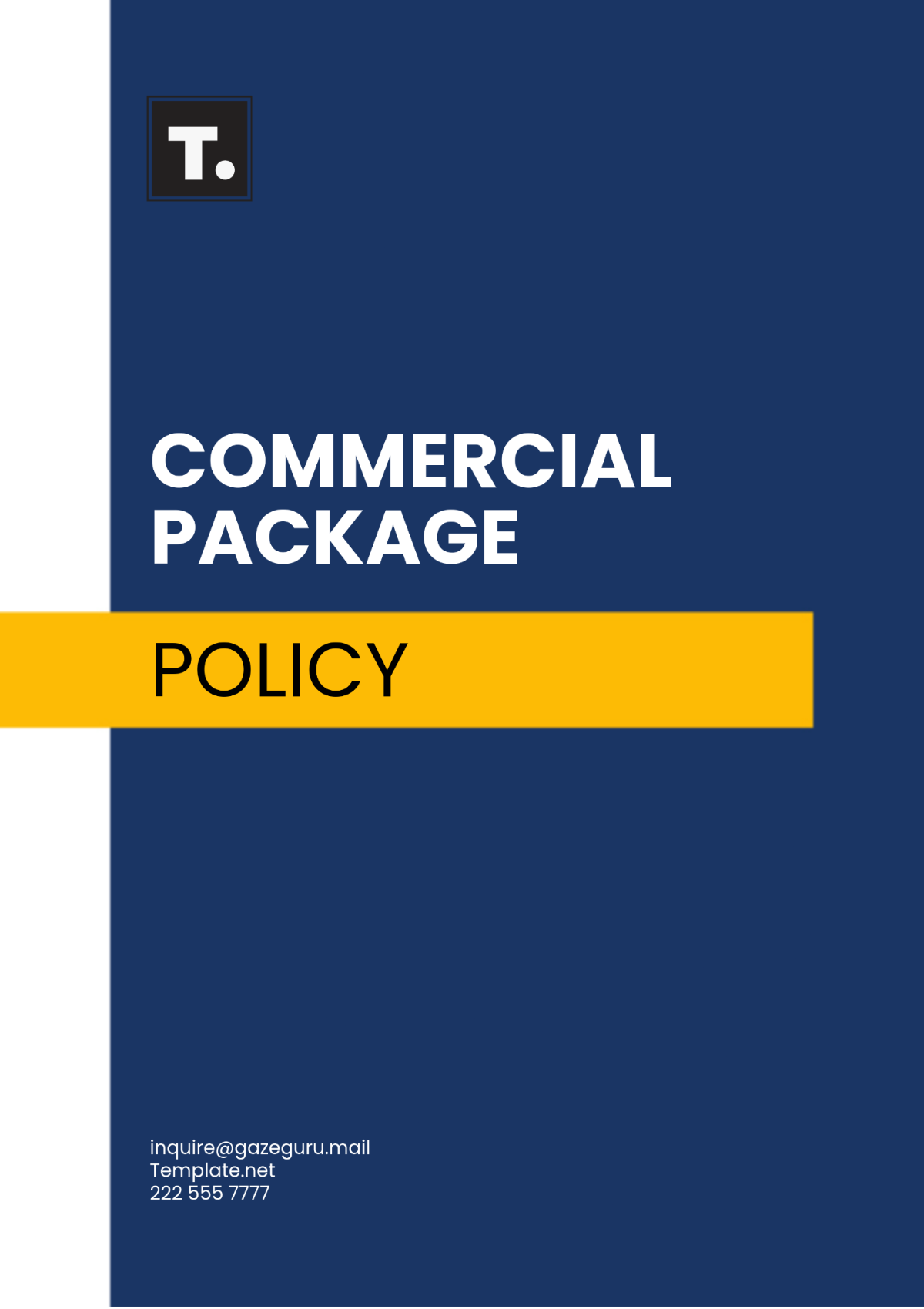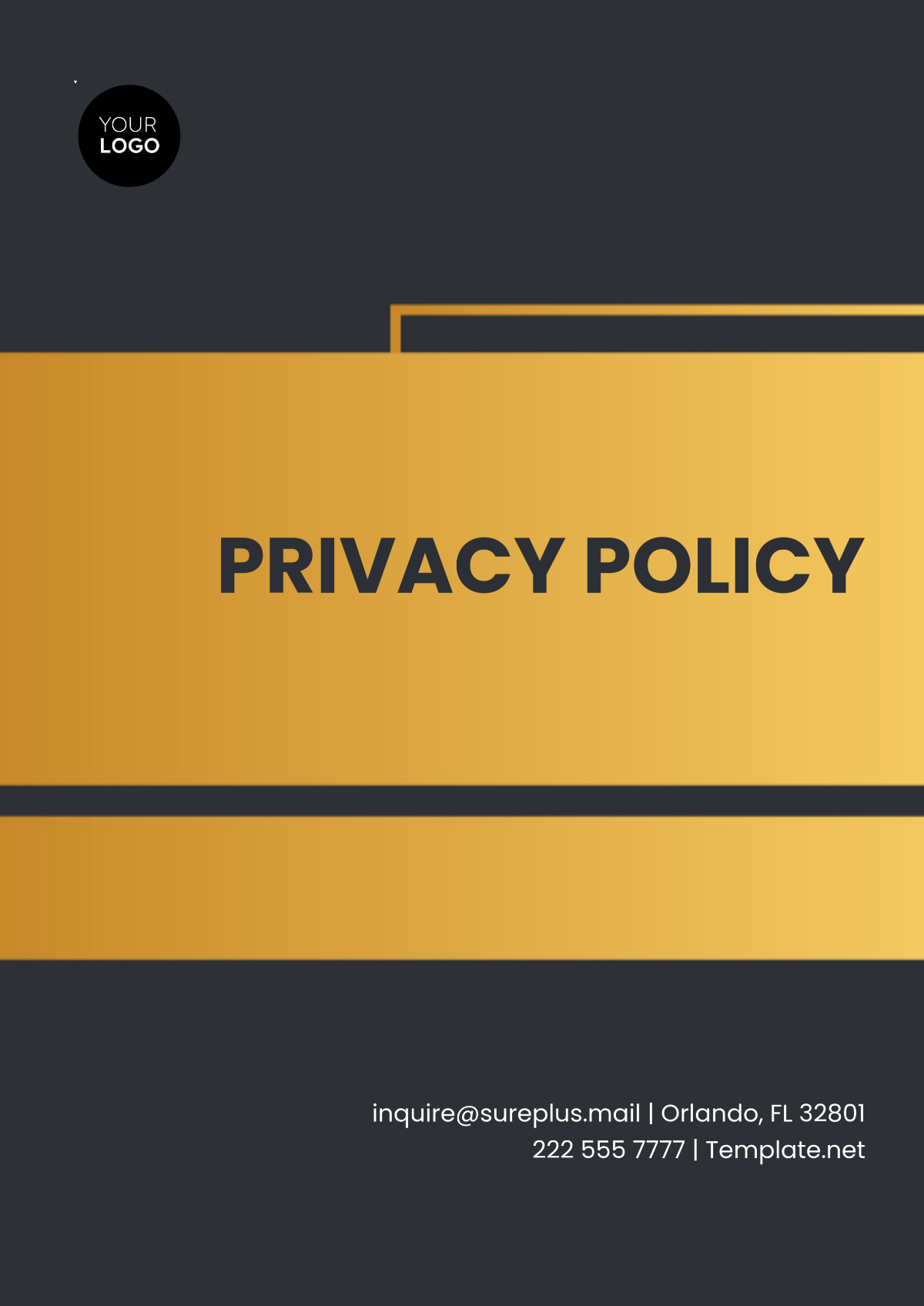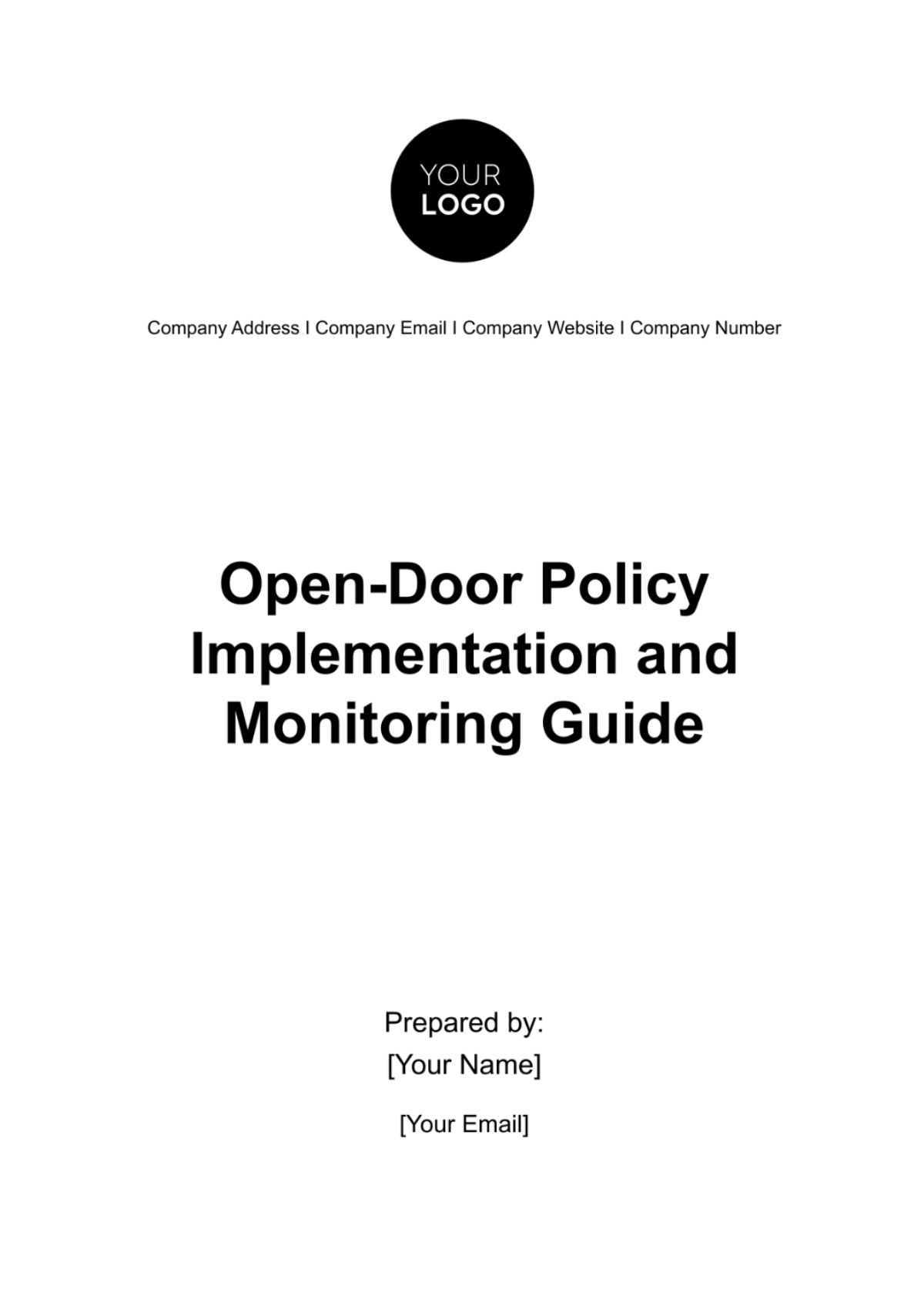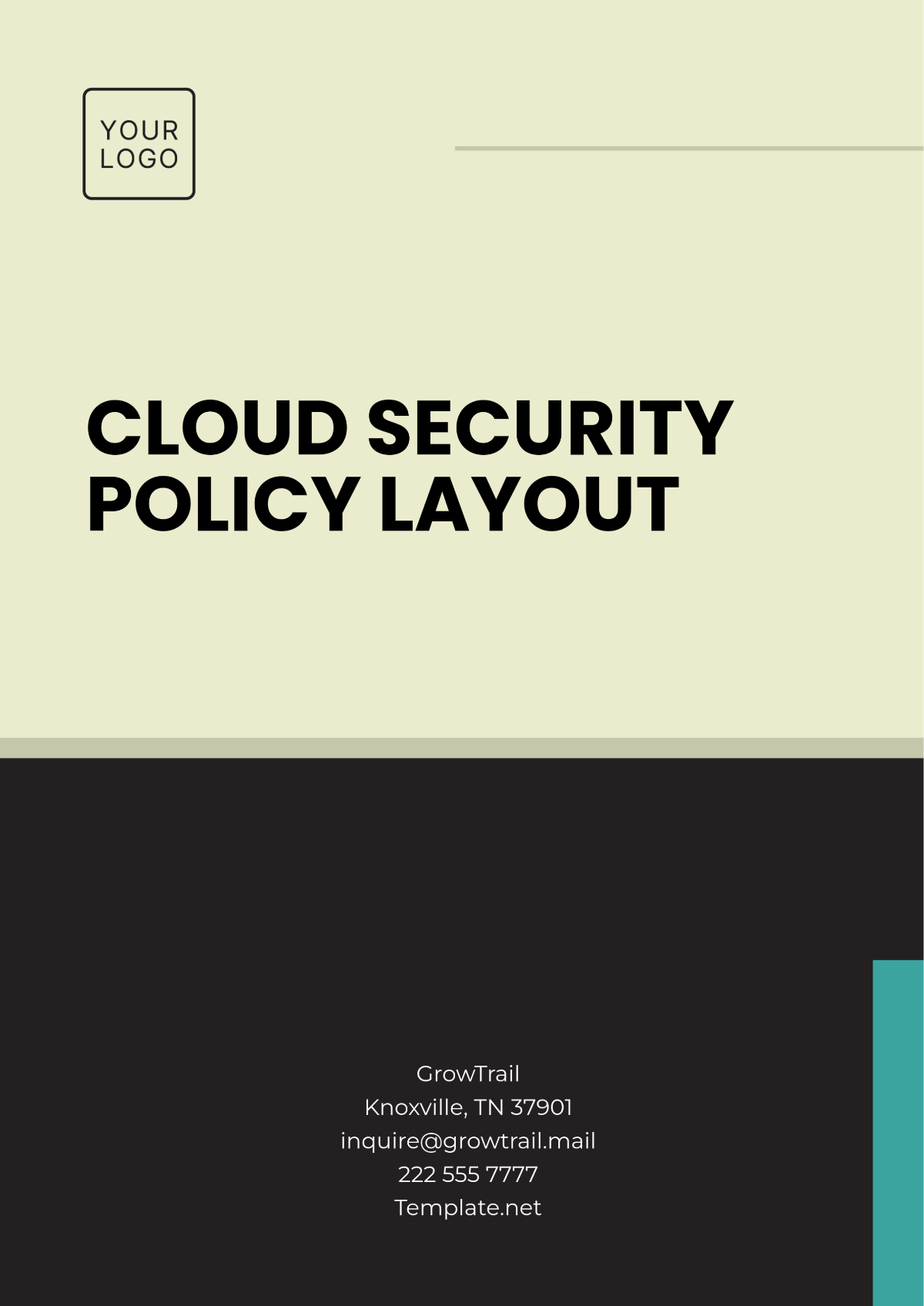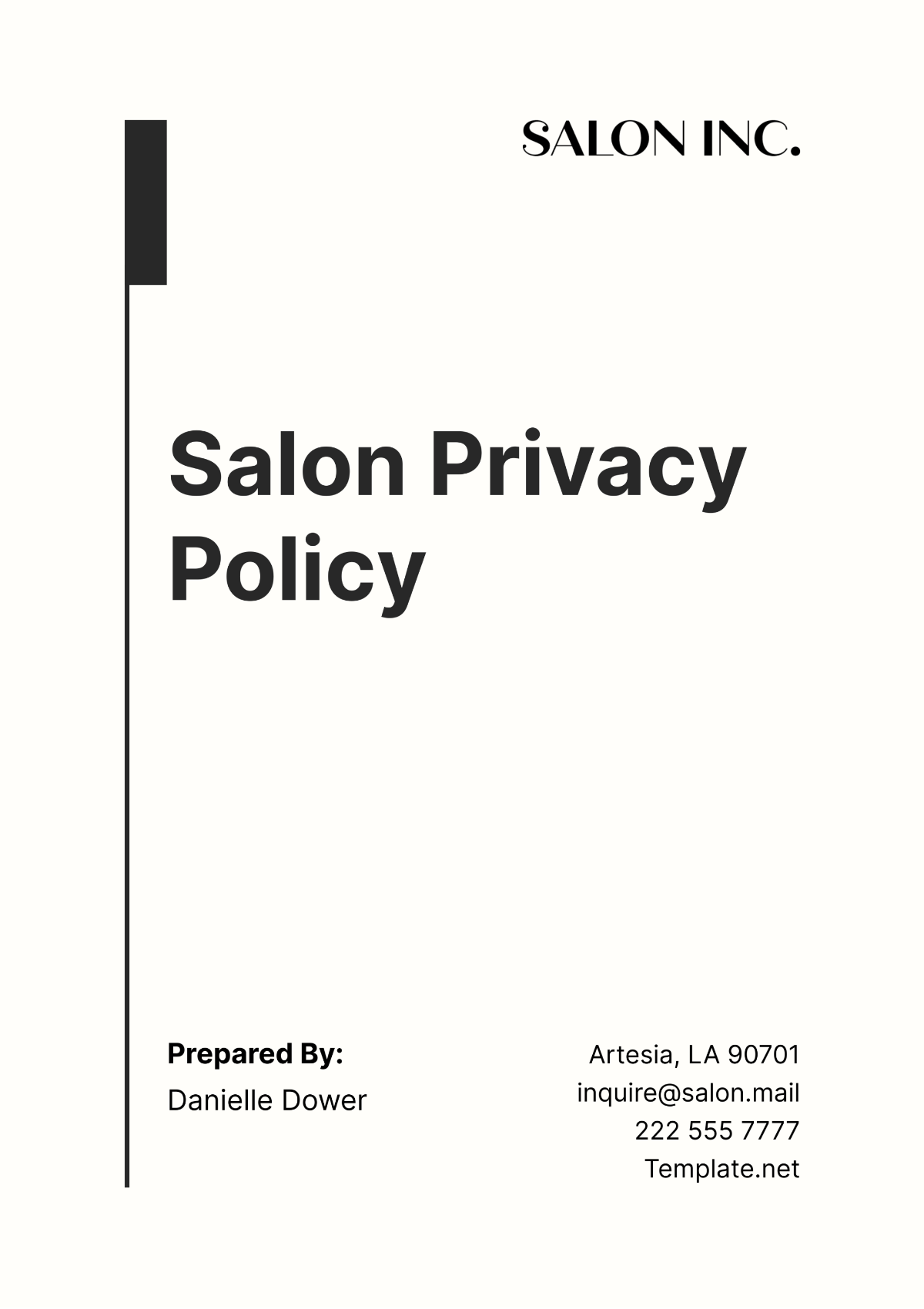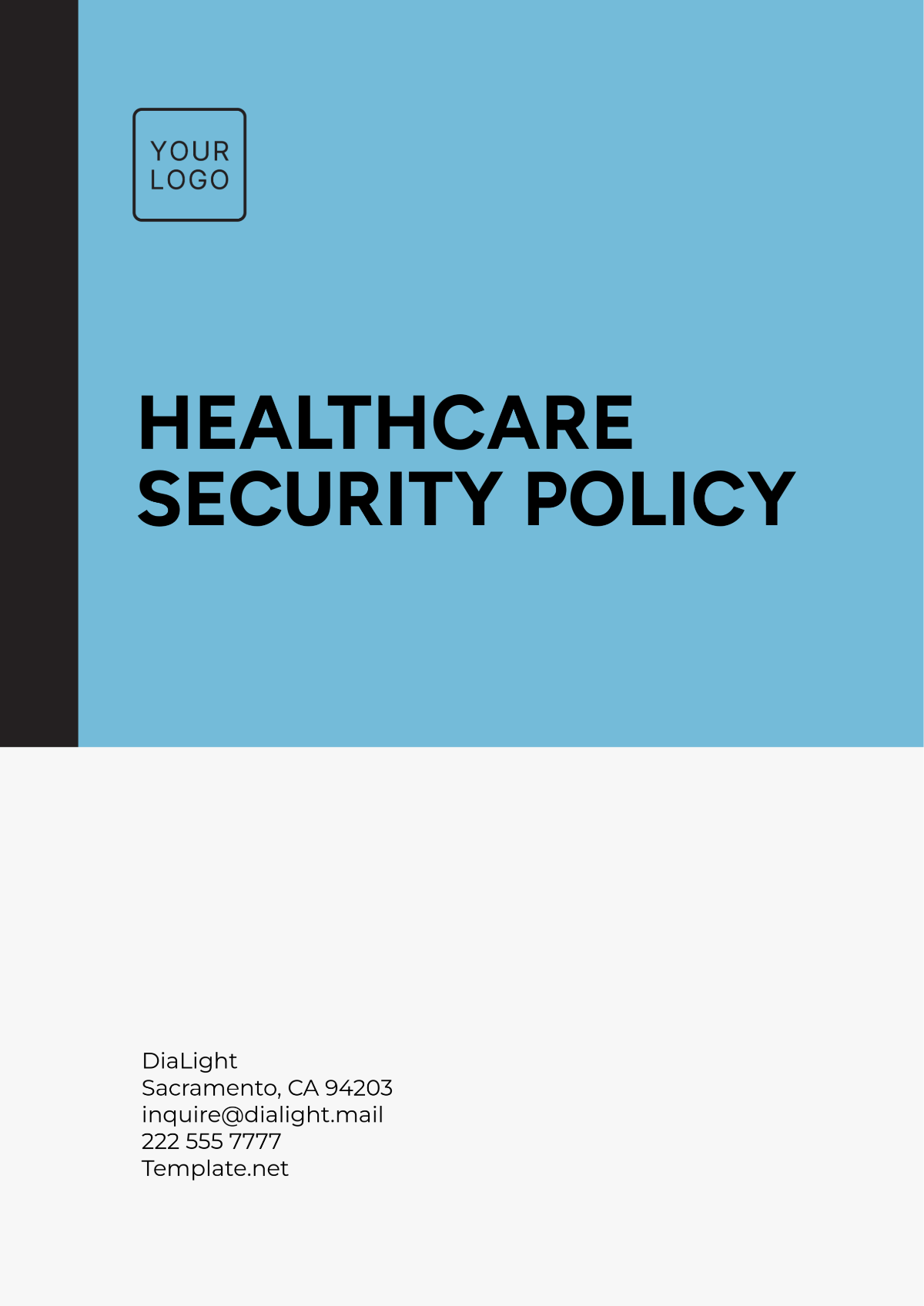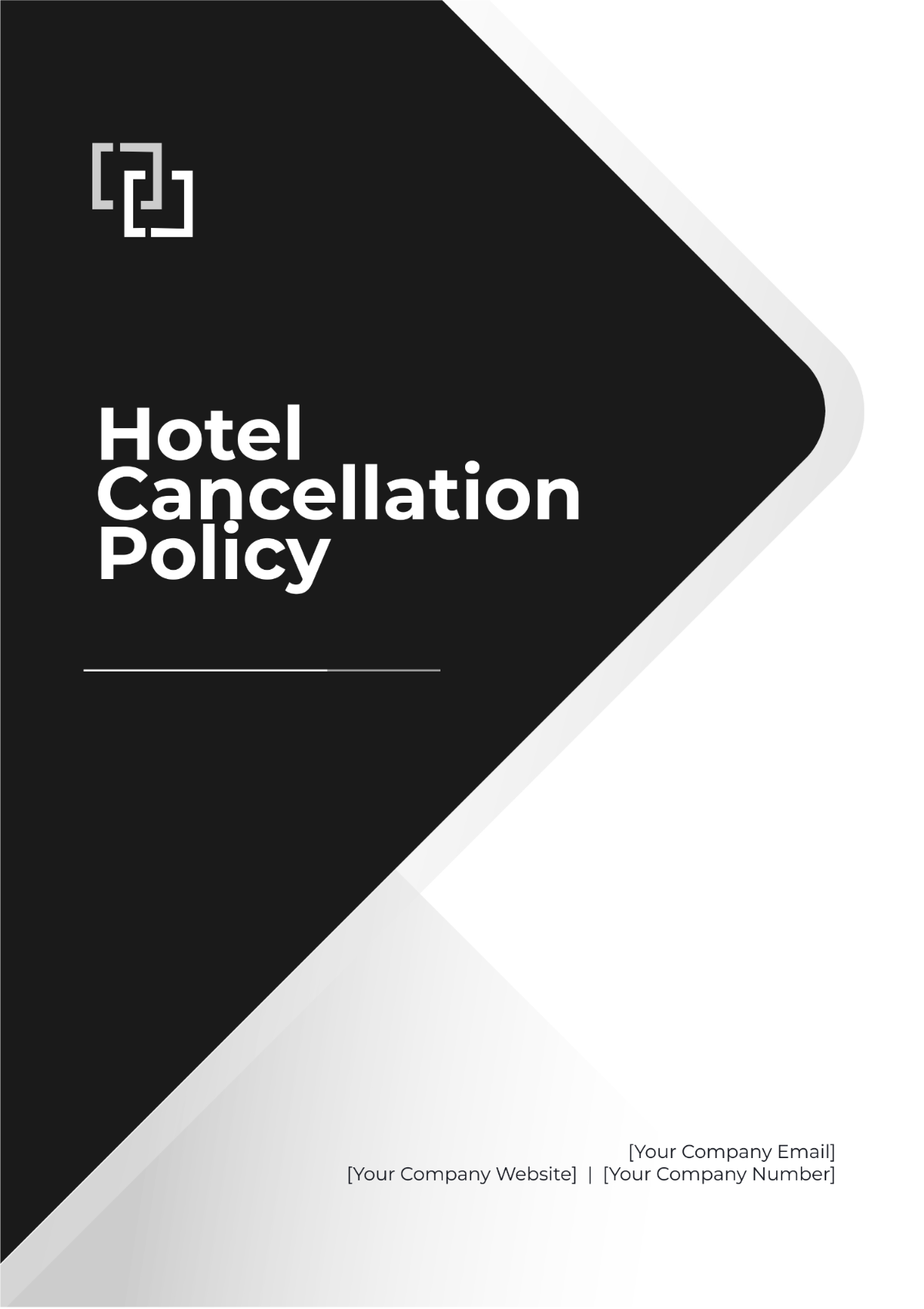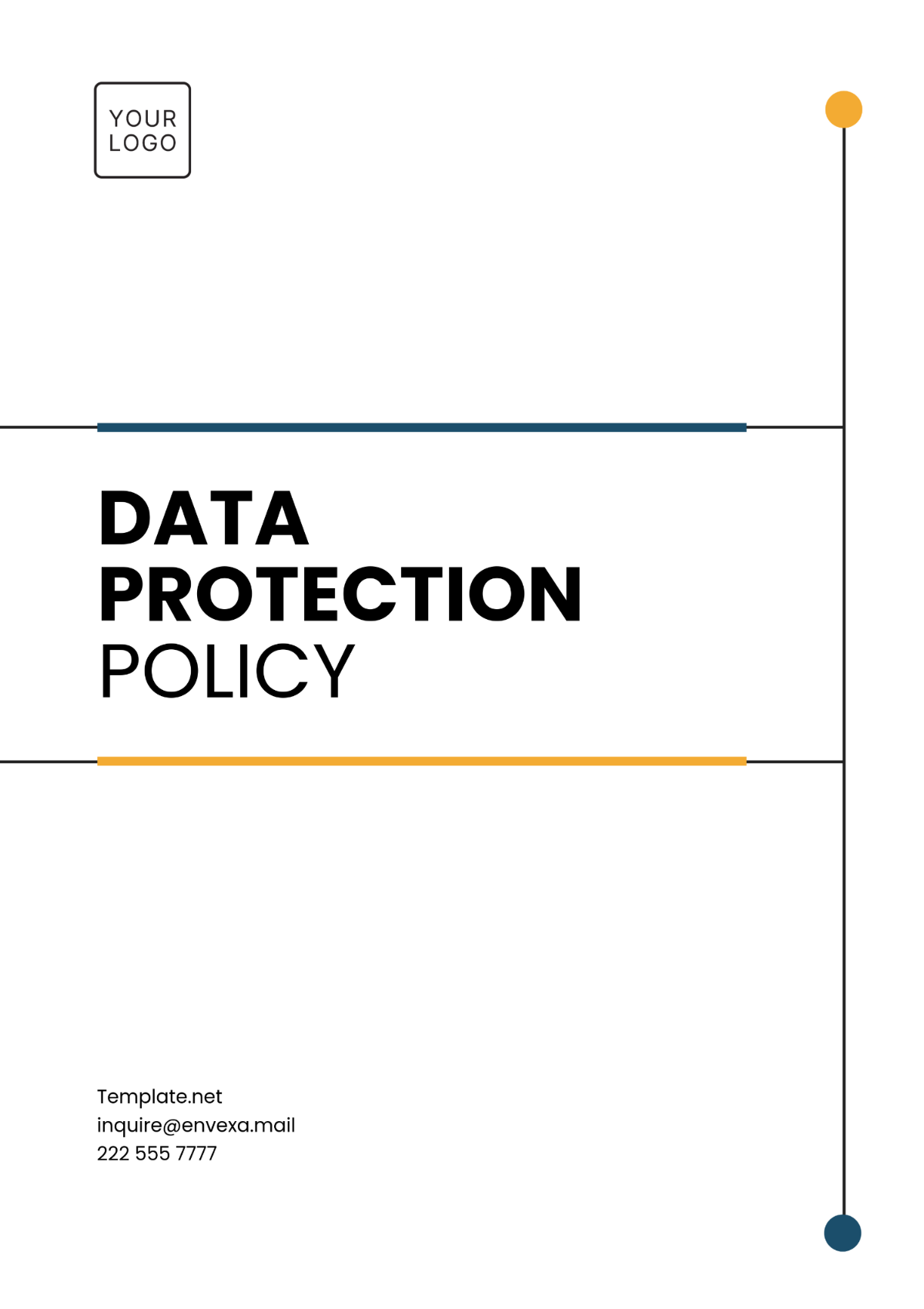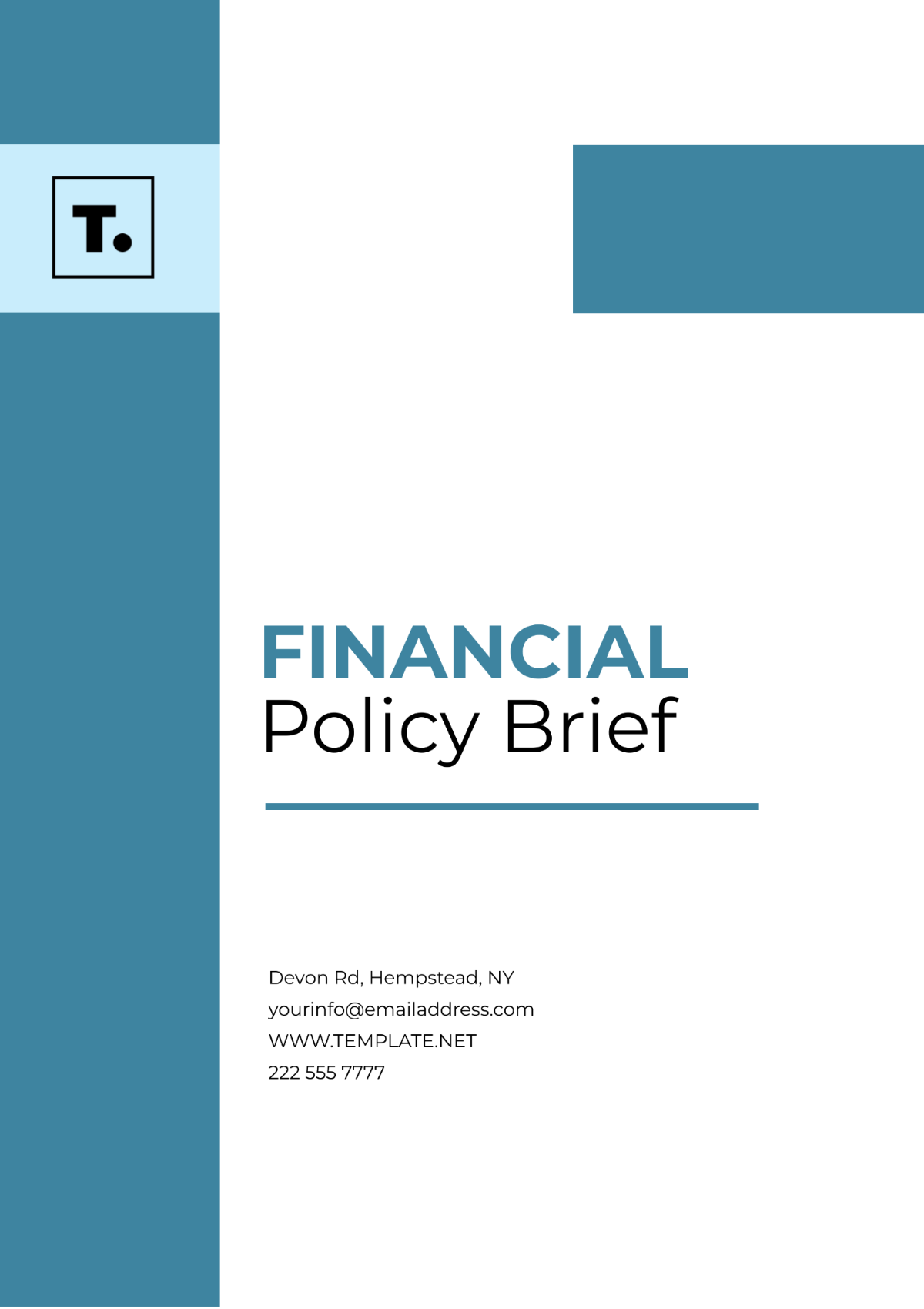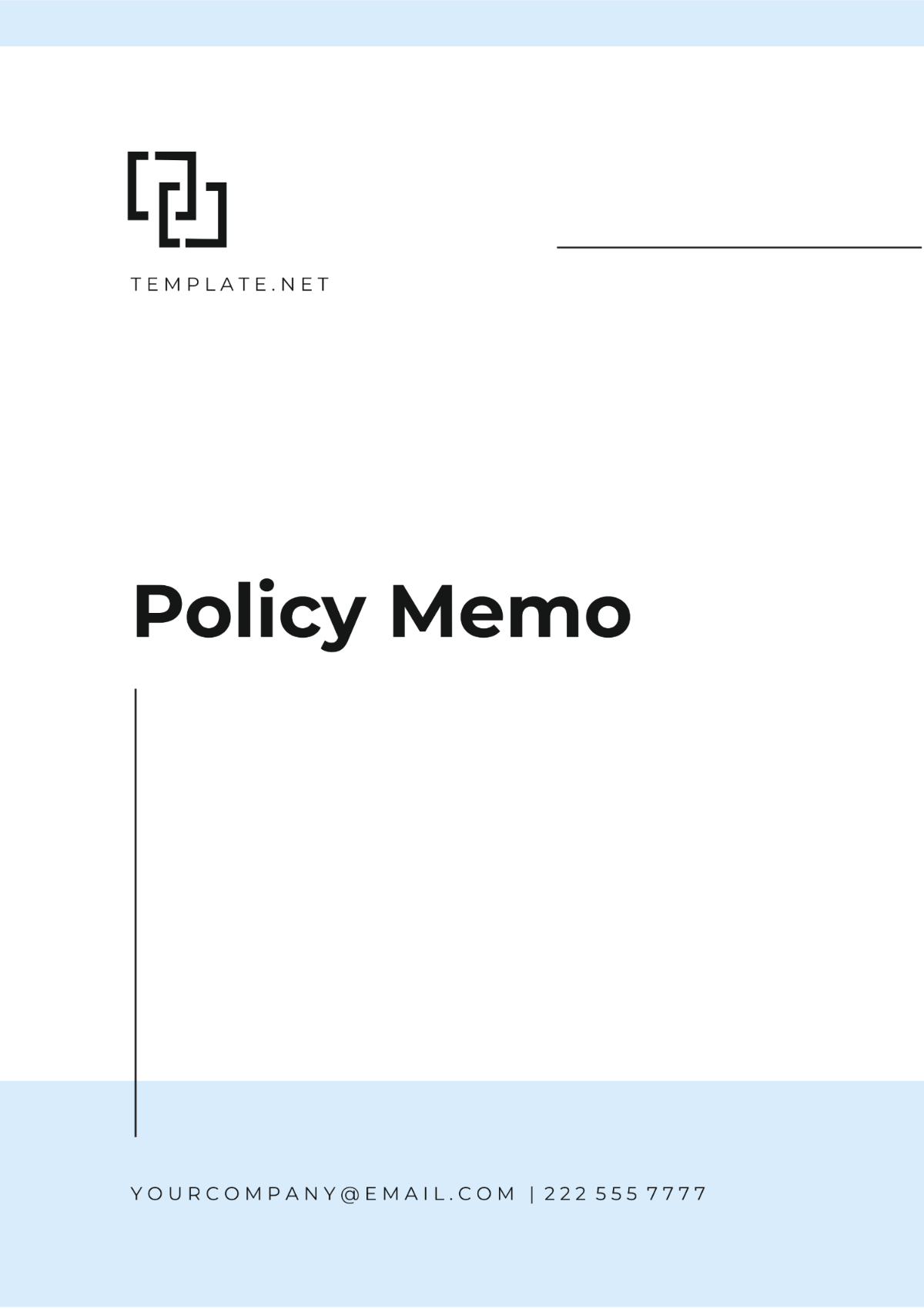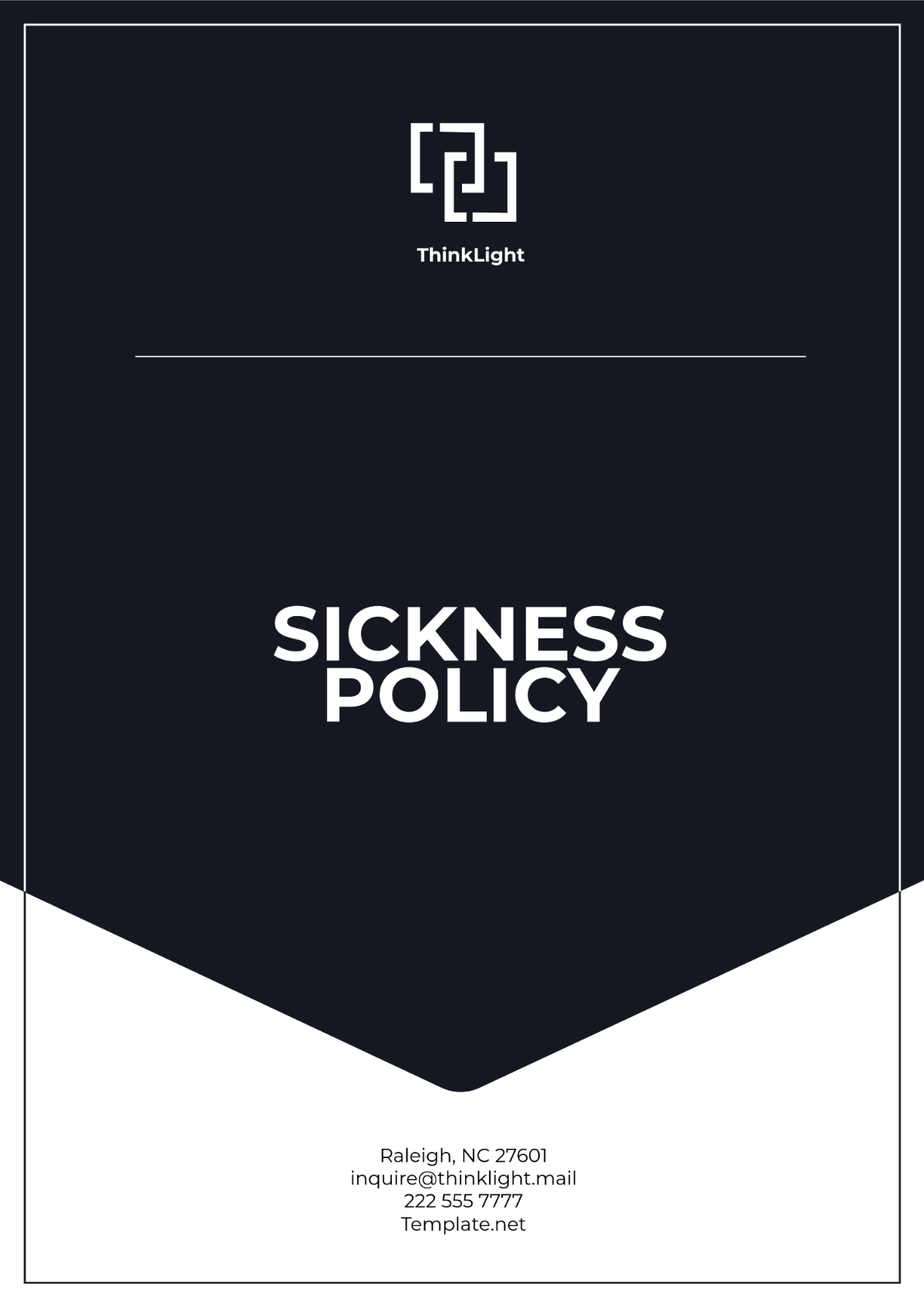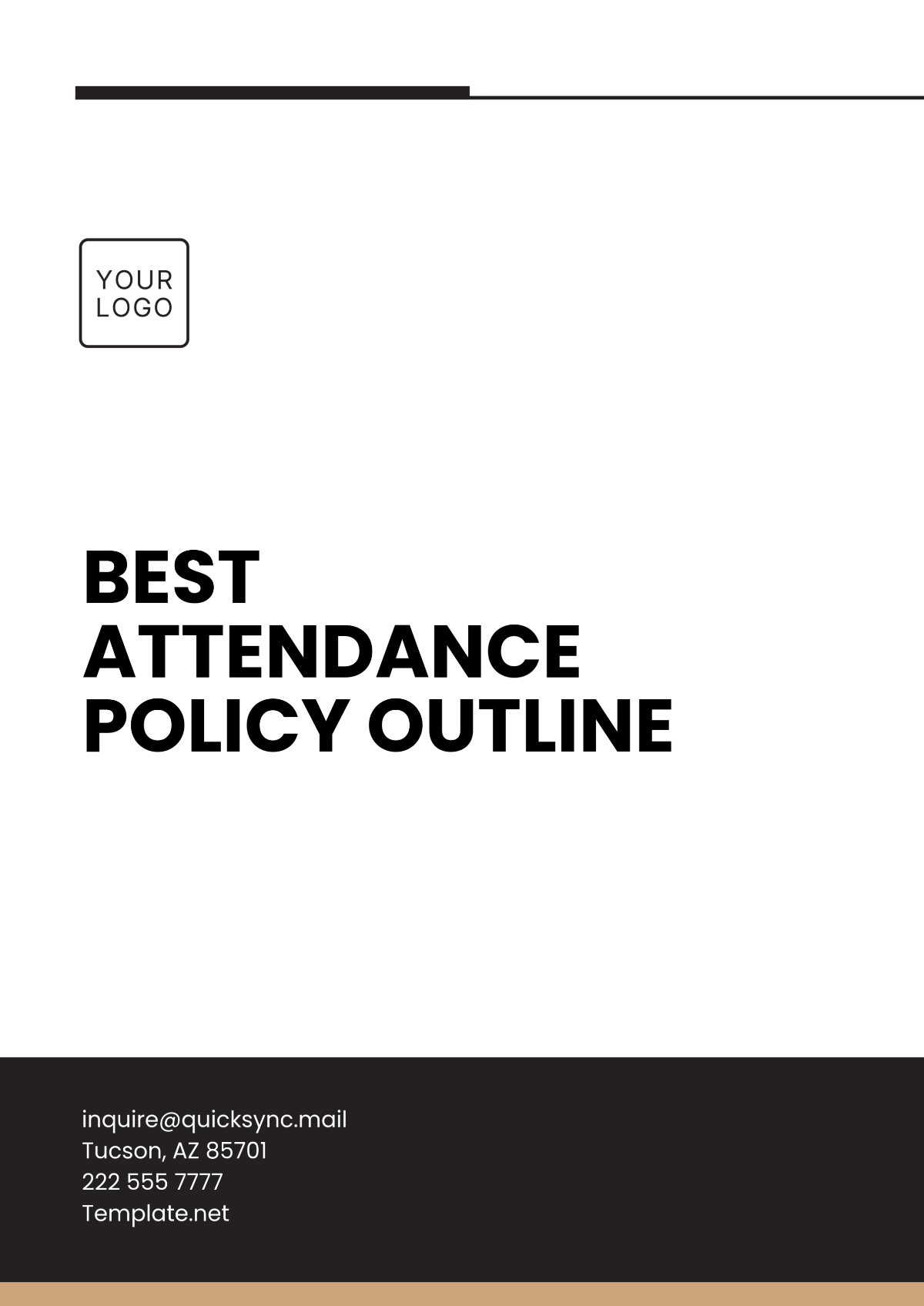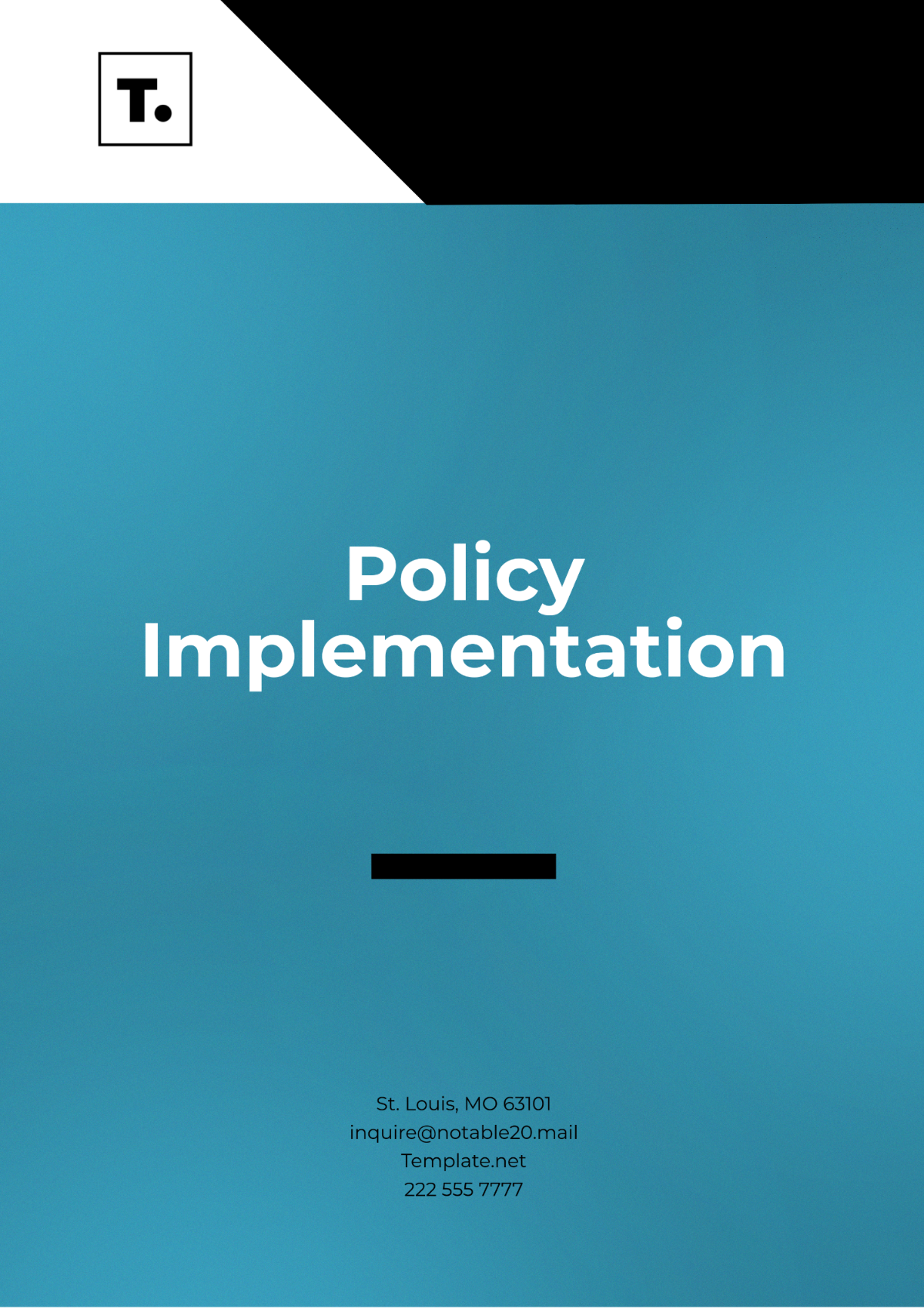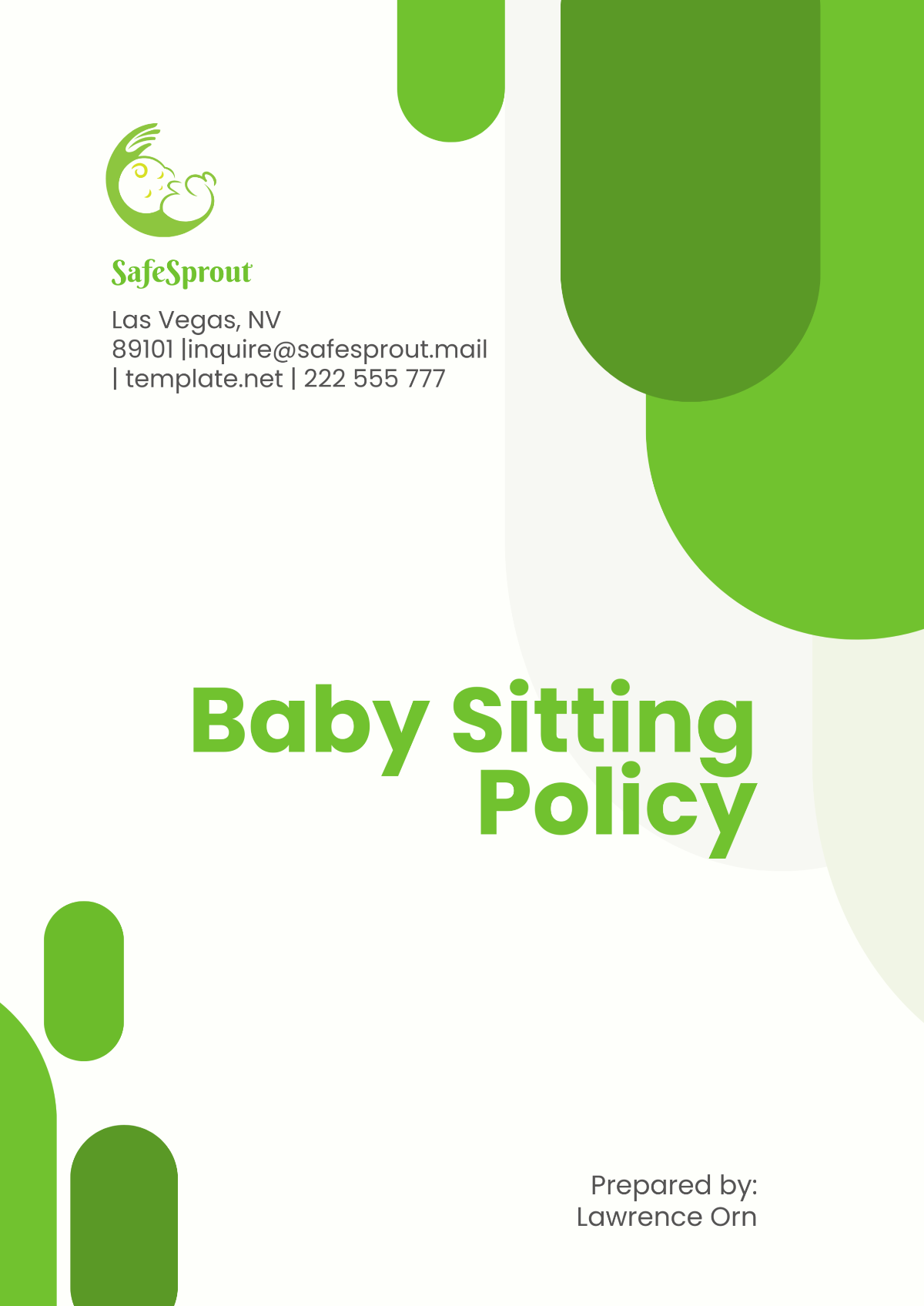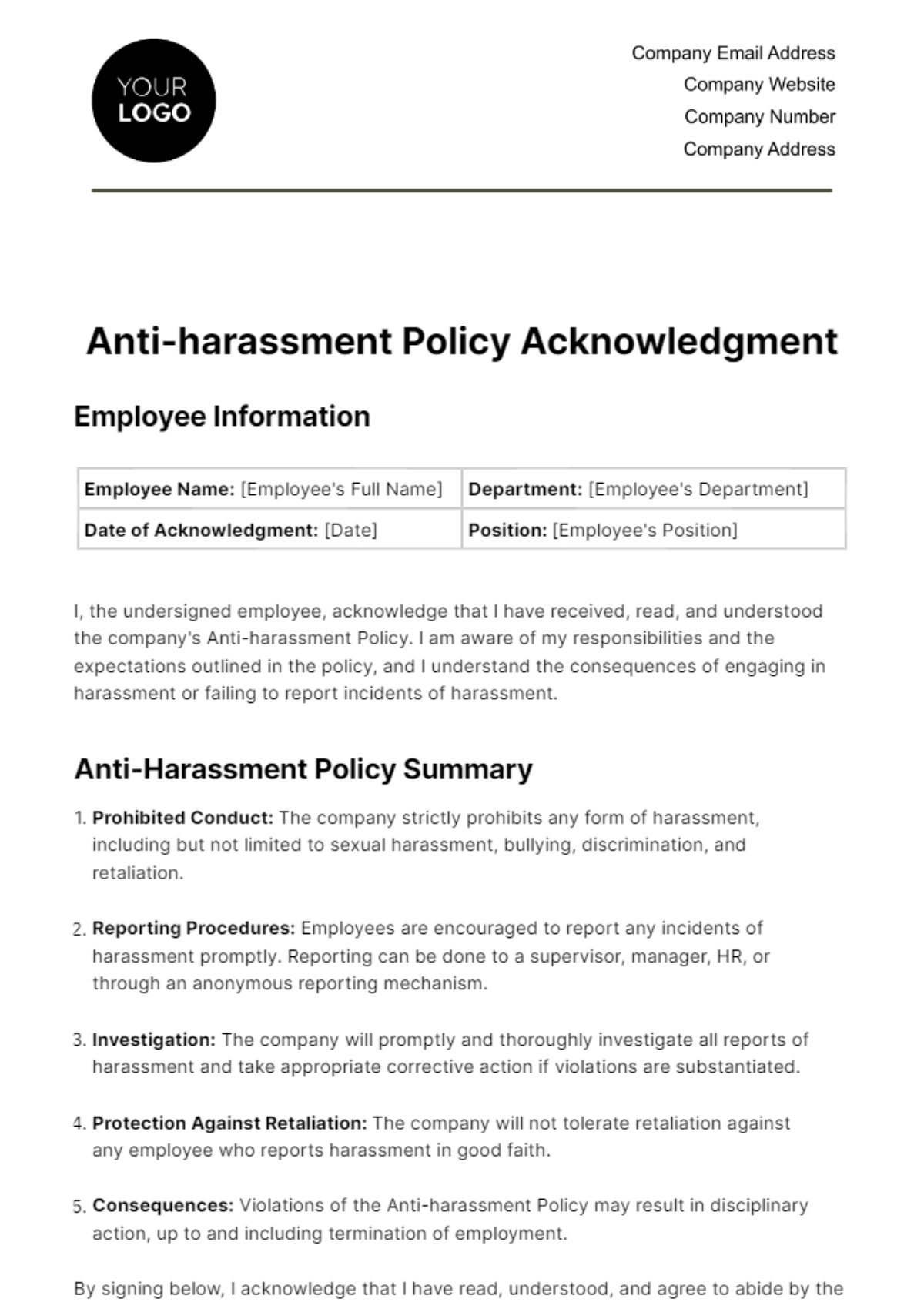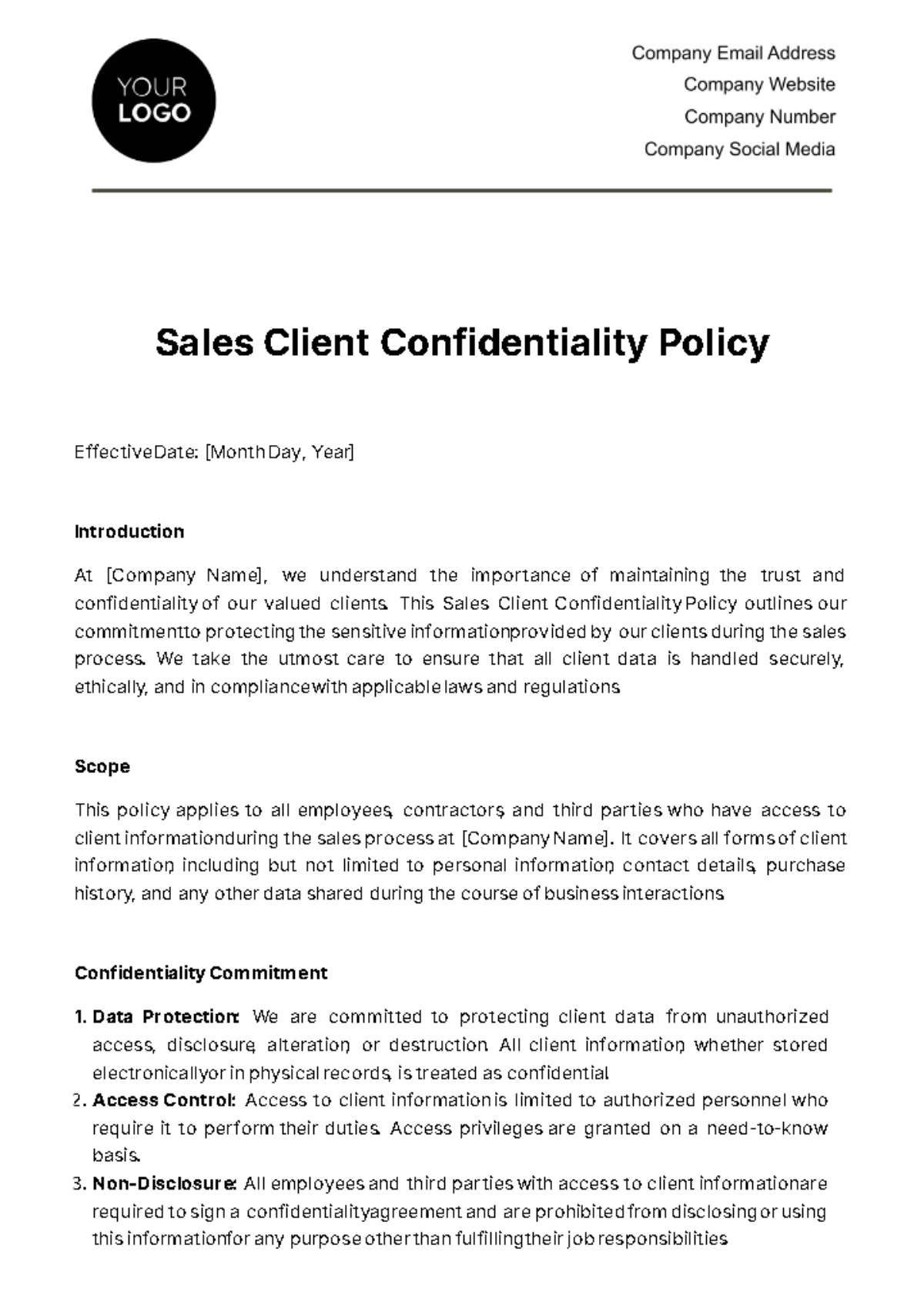Church Public Relations Policy Design
I. Introduction
[Your Company Name]'s Public Relations (PR) Policy is designed to ensure clear, consistent, and positive communication from the church to the public, media, and its members. The policy serves as a guide for all public communications, helping to maintain the integrity of the church’s message and image. By establishing standard practices, this policy supports the church in effectively sharing its mission, values, and activities with a broader audience.
A. Purpose
The purpose of this Public Relations Policy is to:
Promote the Church's Mission and Values: To articulate the church's core beliefs and initiatives to the public in a manner that aligns with its faith-based mission.
Ensure Consistent Messaging: To provide guidelines that ensure all communications are coherent and represent the church uniformly, minimizing the risk of mixed messages.
Protect the Church's Reputation: To establish procedures for handling media interactions and public statements, safeguarding the church’s reputation and public trust.
B. Scope
This policy applies to all forms of public communication, including but not limited to:
Press Releases and Media Statements: Official communications disseminated to media outlets.
Social Media: Content and interactions on the church's social media accounts.
Website Content: Information published on the church’s official website, including blogs, announcements, and multimedia content.
Public Appearances and Speeches: Statements made by church representatives during public events, interviews, or community engagements.
II. Responsibilities
Clear delineation of responsibilities within the church's public relations efforts is crucial for ensuring effective communication and accountability. This section defines the roles and duties of those involved in the church's PR activities, helping to maintain a coherent and consistent public image.
Public Relations Committee: A team responsible for managing all aspects of public relations, including drafting and approving communications and serving as the point of contact for media inquiries.
Church Leadership: Leaders are responsible for ensuring that their communications are in line with the church's values and the PR policy, seeking guidance when needed.
Spokesperson: An individual authorized to make official statements on behalf of the church, ensuring consistency and accuracy in all public communications.
III. Media Relations
Proper media relations are vital for managing the church’s public image and ensuring the accuracy of information disseminated to the public. This section outlines the protocols for media engagement, including response processes and approval hierarchies.
A. Media Inquiries
Handling Inquiries: All media inquiries must be referred to the designated spokesperson or PR Committee to maintain control over the information shared.
Response Protocol: Responses should be coordinated with relevant church authorities and delivered promptly, ensuring that the church's message is clear and consistent.
Confidentiality: Information deemed confidential or sensitive must not be disclosed without proper authorization to protect the church's interests and privacy.
B. Press Releases and Statements
Preparation and Approval: All official statements must be crafted by the PR Committee and receive approval from senior leadership before release.
Content Guidelines: Communications should be factual, respectful, and align with the church's doctrinal positions and community objectives.
Distribution: Press releases and statements should be distributed through established channels, including media contacts, the church’s website, and social media platforms.
IV. Social Media
Social media serves as a crucial platform for the church to engage with its community and disseminate information. This section provides guidelines for the management of social media accounts and the conduct expected from church representatives online.
A. Social Media Usage
Official Accounts: The church maintains official social media accounts that are managed by the PR Committee or appointed staff, providing a consistent voice and messaging.
Content Management: Content shared on these platforms should reflect the church’s values, promoting positive engagement and fostering a sense of community.
Monitoring and Moderation: Active monitoring of social media interactions ensures that discussions remain respectful and aligned with the church's ethos.
B. Social Media Platforms and Their Purposes
Platform | Purpose |
|---|---|
Engages the broader community, sharing updates, events, and community stories. | |
Provides real-time updates and engages with community members on current issues. | |
Shares visual content to highlight church events, services, and community outreach. | |
YouTube | Hosts videos of sermons, teachings, and special events, providing an accessible platform for spiritual growth. |
Connects with professionals and other organizations, sharing church news and collaborative projects. |
This table outlines the different social media platforms used by the church and their specific purposes. Each platform serves a unique role in reaching various audiences and fulfilling different aspects of the church’s communication strategy.
C. Offenses and Consequences
Offense | Description | Consequences |
|---|---|---|
Inappropriate Comments | Posting offensive or disrespectful remarks | Warning, content removal, potential suspension of access |
Misrepresentation of Church Positions | Sharing information that inaccurately reflects church teachings | Correction, public clarification, suspension of posting privileges |
Breach of Confidentiality | Sharing confidential or sensitive information | Immediate removal of content, disciplinary action, potential legal consequences |
Unauthorized Use of Church Social Media | Using church accounts without authorization | Content removal, access revocation, potential further disciplinary measures |
This table provides guidelines on the types of offenses that may occur on social media and the corresponding consequences. These measures help maintain the integrity and respectfulness of the church’s online presence.
V. Public Appearances and Statements
Public appearances by church leaders and members significantly influence the church's public perception. This section sets out the guidelines for participating in public events and making statements to ensure they reflect the church's mission and values.
A. Representing the Church
Authorized Spokespersons: Only designated spokespersons or individuals authorized by church leadership may speak on behalf of the church in public forums. This ensures that all official communications are consistent and accurately represent the church's views.
Preparation and Messaging: Spokespersons should be well-prepared, ensuring that their messages are clear, accurate, and aligned with church teachings. This preparation includes familiarizing themselves with current church policies and positions.
Consistency in Communication: All public statements should be consistent with prior communications and the church’s official stance on relevant issues. This helps to avoid confusion and maintain a unified voice.
Dress and Demeanor: Representatives of the church should present themselves in a manner that reflects the dignity and values of the institution. This includes appropriate dress and respectful conduct during public engagements.
B. Community Engagement
Participation in Events: The church’s involvement in community events should be coordinated to align with its outreach goals and public relations strategy.
Feedback Mechanism: After public engagements, feedback should be gathered to evaluate the effectiveness of the communication and the public's reception.
VI. Policy Compliance and Review
Regular compliance checks and policy reviews are critical for maintaining the effectiveness of the Public Relations Policy. This section outlines the procedures for ensuring adherence to the policy and updating it as necessary.
Participation in Events: The church’s involvement in community events should be coordinated to align with its outreach goals and public relations strategy. This includes deciding which events to participate in and the nature of the church's involvement.
Feedback Mechanism: After public engagements, feedback should be gathered to evaluate the effectiveness of the communication and the public's reception. This feedback can be used to improve future public interactions.
Educational Workshops and Seminars: The church may host or participate in educational events to inform the community about its mission, beliefs, and programs. These events serve as a platform for positive engagement and outreach.
Community Service Initiatives: Active participation in community service projects reinforces the church's commitment to social responsibility and provides opportunities for positive public exposure.
VII. Policy Compliance and Review
Regular compliance checks and policy reviews are critical for maintaining the effectiveness of the Public Relations Policy. This section outlines the procedures for ensuring adherence to the policy and updating it as necessary.
Compliance Monitoring: The PR Committee is tasked with ensuring all communications adhere to the policy guidelines, addressing any issues promptly.
Policy Review: The policy should be reviewed annually or as needed to ensure it remains relevant and effective in guiding public communications.
Training and Awareness: Regular training sessions should be conducted to ensure that all staff and church members understand the policy and their responsibilities.
This Public Relations Policy of [Your Company Name] serves as a comprehensive guide for managing the church's communications with the public and media. By adhering to these guidelines, the church can effectively promote its mission, protect its reputation, and engage positively with the community. Regular updates and compliance monitoring will ensure that the policy continues to meet the church's needs.
